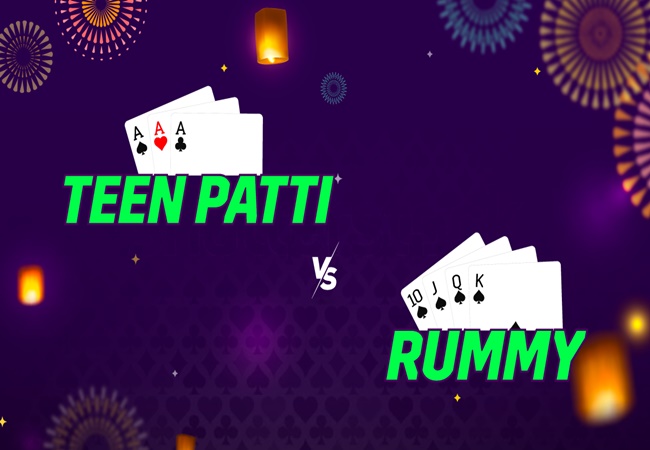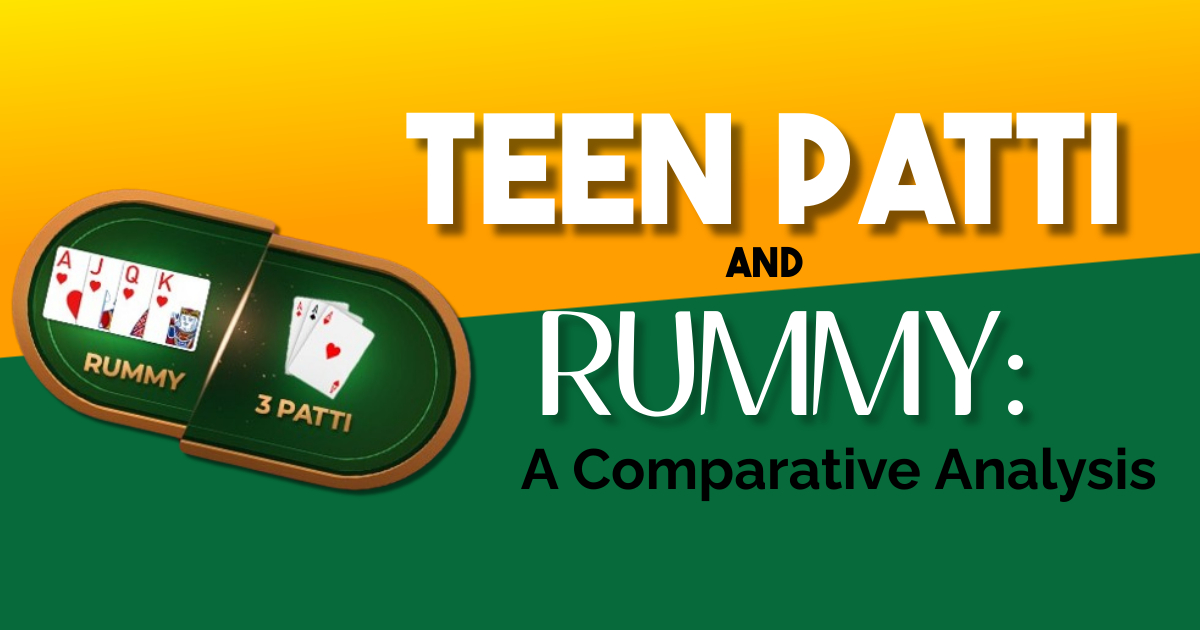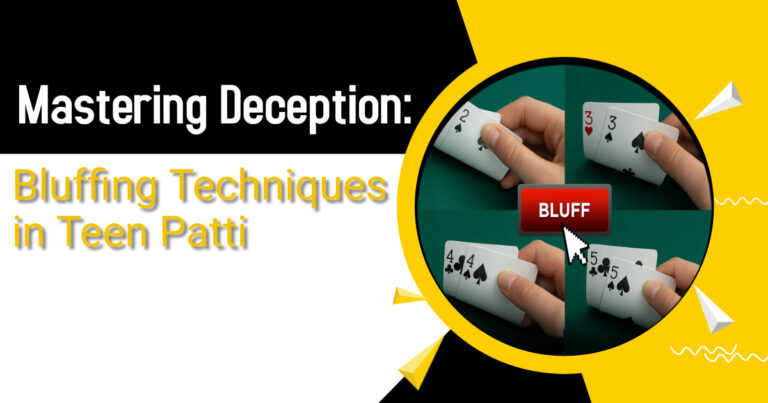Teen Patti and Rummy: A Comparative Analysis
Card games have been a staple of social gatherings and leisure activities for centuries, offering a blend of strategy, skill, and luck that appeals to players of all ages. Among the multitude of card games enjoyed worldwide, two prominent contenders stand out: Teen Patti and Rummy. While both games share similarities in terms of gameplay mechanics and objectives, they also possess distinct characteristics that set them apart. In this comparative analysis, we delve into the intricacies of Teen Patti and Rummy game, exploring their origins, rules, popularity, and cultural significance to discern the strengths and nuances of each.

Origins and History of Teen Patti and Rummy
Teen Patti, also known as Indian Poker, traces its origins to the Indian subcontinent, where it has been played for generations. The game gained widespread popularity across South Asia and beyond, evolving into various regional variants with unique rules and traditions. Its roots can be traced back to traditional Indian card games like ganjifa and flush.
In contrast, Rummy has a more international presence, with its origins believed to be in the United States during the early 20th century. It draws inspiration from a group of card games known as “draw and discard” games, which include Gin Rummy and Oklahoma Gin. Over time, Rummy has gained global recognition, becoming a favorite pastime in numerous countries and cultures.
Gameplay and Rules
Teen Patti is typically played with a standard 52-card deck, though variations with jokers may also exist. The game is centered around betting and hand rankings, with players aiming to form the highest-ranking hand or to bluff opponents into folding. The betting rounds add an element of uncertainty and excitement, as players weigh their chances and assess the strength of their hand against their competitors.
Rummy, on the other hand, is a group of matching-card games characterized by forming sets and sequences of cards. Players draw and discard cards in turns, striving to create melds that meet specific criteria, such as sets of three or more cards of the same rank or sequences of consecutive cards in the same suit. Rummy requires a blend of strategy, memory, and quick decision-making, as players must adapt their tactics based on the cards they receive and the actions of their opponents.

Popularity and Cultural Significance
Both Teen Patti and Rummy enjoy immense popularity in their respective regions, often serving as a social lubricant that fosters camaraderie and friendly competition. In India, Teen Patti is deeply ingrained in the cultural fabric, featuring prominently in festivals, celebrations, and family gatherings. Its portrayal in Bollywood films and its association with luck and skill have further contributed to its widespread appeal.
Rummy, meanwhile, has found favor among players worldwide, transcending cultural and linguistic barriers. It’s simple yet engaging gameplay makes it accessible to players of all ages and backgrounds, with online platforms and mobile apps further fueling its popularity. Rummy tournaments and championships attract enthusiasts seeking to showcase their skills and compete for prestigious titles and lucrative prizes.
Conclusion
In conclusion, Teen Patti and Rummy stand as pillars of the card game landscape, each offering a unique blend of excitement, strategy, and tradition. While Teen Patti captivates with its emphasis on bluffing and betting, Rummy enthralls with its focus on melding and sequencing cards. Both games have carved out their niches in the hearts of players worldwide, leaving an indelible mark on the cultural tapestry of their respective regions. Whether you prefer the thrill of the gamble in Teen Patti or the strategic depth of Rummy, one thing is certain: the allure of these timeless card games will endure for generations to come.







